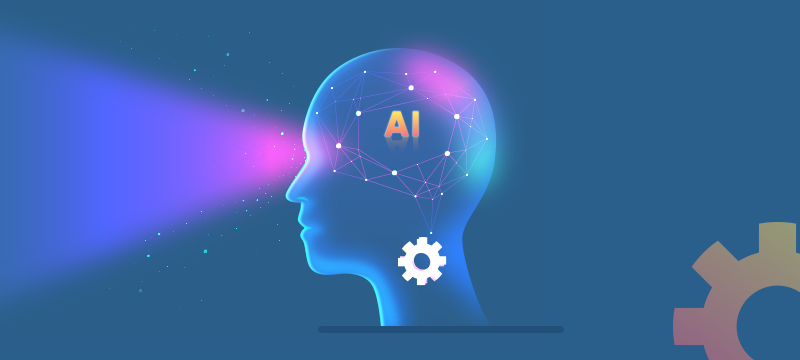Taking personalised customer experience to levels previously unachievable, visual AI has become one of the most sought after technologies in online retail. Here we look at what visual AI is, how it is transforming the retail sector and why eCommerce businesses need it.
A deeper vision
What makes visual AI unique is not merely its ability to identify objects within images, but its capacity to draw meaning from them. By uniting machine learning with computer vision, it can understand a variety of different meanings that product images have and learn about the ways we interact with them. What’s more, it can also learn how those meanings may change over time.
Granular understanding of products
When enterprises adopt visual AI, the technology is able to analyse product images and related product data, including descriptions, specifications, brand, SKU, etc. With this extensive collection of data, it is then able to classify products into a wide range of different categories in order to better understand them. For example, it will be able to recognise a hoodie, know that it is different to a jacket or a fleece, understand that it’s a casual garment, is blue in colour, and is a certain size, fabric, fit, brand and price, etc.
At the same time, visual AI can also analyse human interactions with a website and from this, learn what an individual’s personal taste is when they are looking for a product. Not only this; it can also understand the context in which people are shopping and their intention, e.g., what are they looking for, when are they looking and why.
The beauty of visual AI is that it can combine its understanding of the products with what it knows about customers and their intentions to provide incredibly relevant product recommendations. This it can do far more effectively than non-visual AI tools. The benefit for the customers is that they receive hyper-personalised CX and recommendations. For the company, this means increased conversion rates, greater customer loyalty, lower costs and a better bottom line.
Search using images
Standard website search bars have their limitations. When users type in multiple keywords to make a search more specific, rather than narrowing the results, it can display products relating to all the keywords used so that the results are less relevant.
Visual AI overcomes this problem as it enables customers to search using an image of the product they have taken or found elsewhere on the internet. It then analyses the image and seeks to find the same product or those similar to it for display. As a result, the products presented are matched to what the user wants, providing a better customer experience and increasing the chance of a sale.
The magic doesn’t stop there, however. Visual AI can also encourage additional sales by finding and displaying associated products that are perfectly matched to the one being looked at, for example, a bag to match the shoes, lipstick to match the eyeshadow and so forth, all related to the original image, the user’s personal taste and the context of the visit.
Optimise merchandising
As visual AI allows online retailers to alter product tags at scale, the process of optimising merchandising tasks becomes far less of a burden. Stores can easily set display rules so that the products they want customers to see, such as leftover stock, appear first. Visual AI enables display rules to be set for any type of product attribute, including brand, season, margin, stock level and customer rating.
Grasping user intention
A product recommendation engine’s reliance on historical data often means the products displayed on the homepage don’t match with current intention. Too many times users are presented with things they have already bought, and which are not relevant during the current visit.
While websites would need mind-reading technology to display context-relevant products on load, visual AI offers the next best thing. By analysing the product images that a user looks at as they begin browsing, it is able to start drawing conclusions about their intentions very quickly and in this way can begin using this real-time data to recommend items which do match the user’s current intention.
Trend prediction
Visual AI’s ability to analyse the products that customers view and buy means it can provide accurate insights about changing tastes and trends and how these are likely to pan out in the future. What’s more, as it understands the various attributes that products have, it can forecast attribute-level changes in trends. For example, while a traditional AI might be able to forecast that a specific brand or style of jeans is going to become less popular, visual AI can provide more granular results, showing that it’s jeans with rips of a certain size that people no longer want and those with a particular shade of blue that is coming into fashion. As a result, retail enterprises using visual AI will be in a better position to stock up on what customers want while avoiding products that won’t sell.
Conclusion
Visual AI is not the next technology on the horizon, it is already being used by leading eCommerce sites today and helping them make major gains. Those wanting to compete at the same level, however, will need to have the infrastructure in place to run such powerful applications. The most effective solution for that, given the amount of data needing to be processed and the high availability required, is the cloud.
For more information about our cloud solutions, visit Hyperslice.com.

